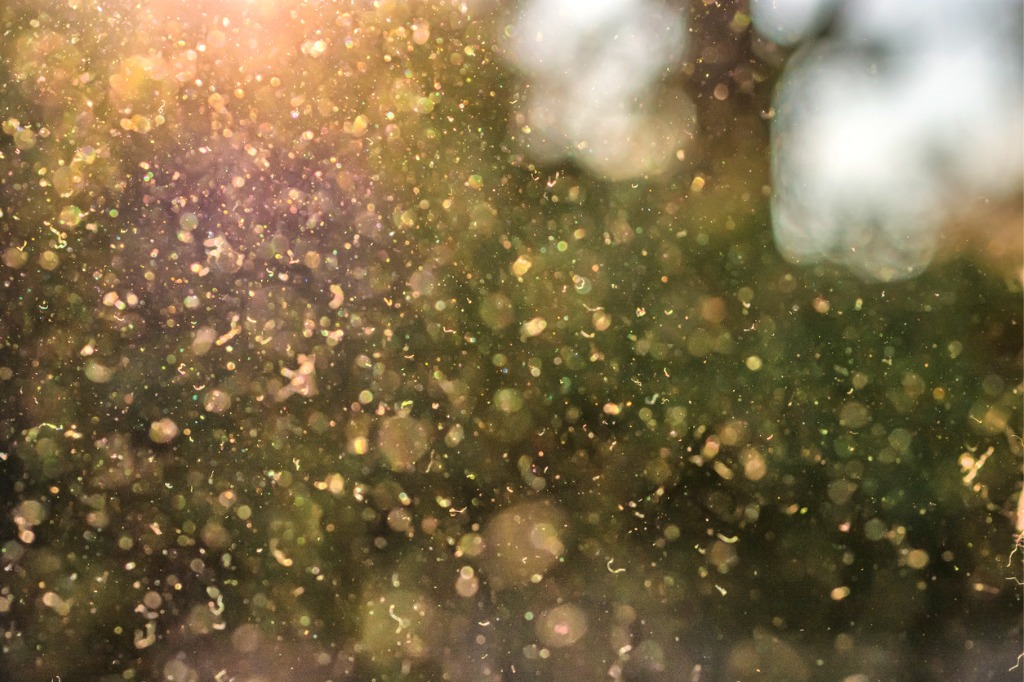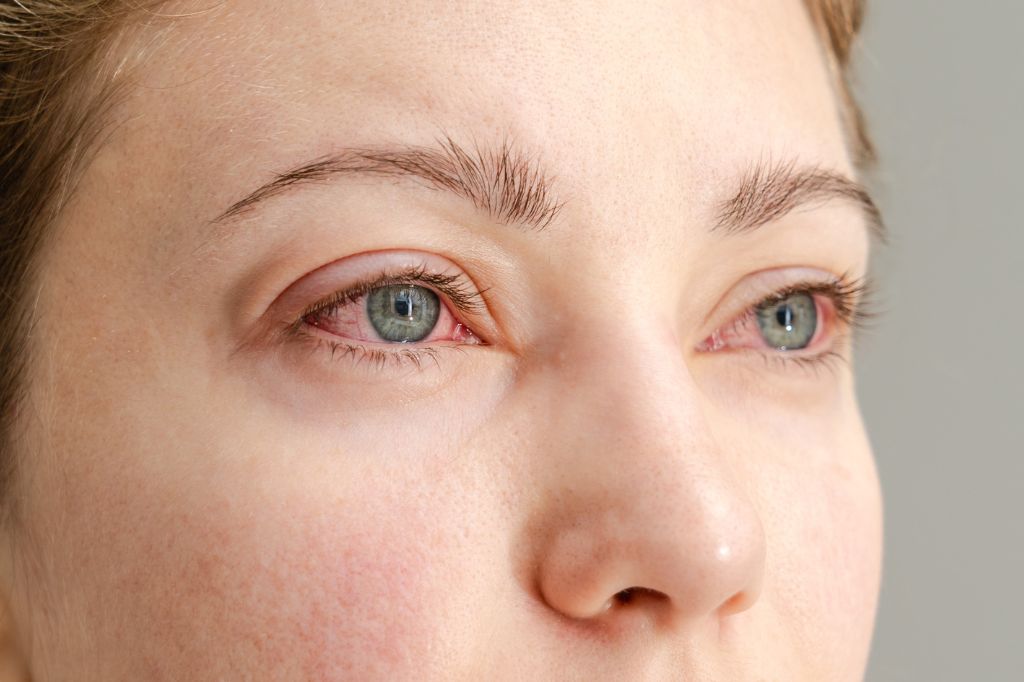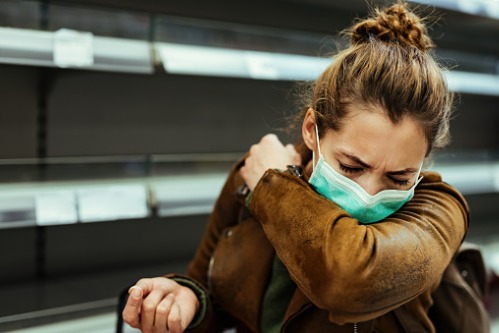
What Is Pollen? Types, Allergies and Management
Allergy symptoms tend to flare up when the pollen count is high, but what is pollen, and what about it triggers our allergies? Pollen is more than just the fine powder that triggers sneezes and watery eyes. It’s a crucial component of our ecosystem, responsible for the reproduction of many plants. However, for those with allergies, understanding pollen and its types can be the key to managing symptoms and enjoying the outdoors.
How Is Pollen Spread?
Pollen is spread through the process known as pollination. Pollination can occur through various means, the most common being wind and insects. Wind-borne pollination, or anemophily, is typically seen in grasses, conifers, and deciduous trees. These plants produce lightweight pollen, which can be carried by the wind, sometimes over vast distances.
On the other hand, entomophily, or insect-borne pollination, is seen in plants that produce heavy, sticky pollen. Bees, butterflies, and other insects inadvertently pick up this pollen while feeding on the nectar of flowers and ferry it to other plants, enabling cross-fertilization.
The Composition of Pollen
Pollen is composed of male reproductive cells or gametophytes, enveloped in a protective coating called the sporopollenin layer. This outer layer helps pollen grains survive various environmental conditions, including extreme temperatures and UV radiation. The composition of pollen may vary depending on the plant species. However, it typically includes proteins, lipids, and carbohydrates. These components can vary in concentration and structure, contributing to the allergenicity of different pollen types.
Pollen and Allergies
For many people, the spring season brings not only beautiful blooming flowers but also the dreaded allergy season. Allergies, specifically pollen allergies, are immune responses triggered by the inhalation of pollen grains released by plants. Pollen allergies, often called hay fever, may cause a range of symptoms, including sneezing, runny nose, itchy eyes, and in severe cases, asthma attacks.
Common Allergenic Pollens
While many different types of pollen can cause allergies, certain types are more commonly associated with allergic reactions than others. These types tend to be small, light, and produced in large quantities, enabling them to be easily carried by the wind and inhaled. Here are some of the most common allergenic pollens:
- Grass: This includes ryegrass, timothy grass, Kentucky bluegrass, and Bermuda grass. Grass pollen is most prevalent in late spring and early summer.
- Tree: Certain trees, such as oak, cedar, birch, and pine, produce highly allergenic pollen. Tree pollen season usually occurs in the spring.
- Weed: Weeds, such as ragweed, sagebrush, pigweed, and lamb’s quarters, release pollen that is highly allergenic. Weed pollen is most common in late summer and fall.
- Flower: While most flowering plants have heavier pollen that is carried by insects, some, such as chamomile and chrysanthemums, may cause allergies.
How Pollen Triggers Allergies
When pollen is inhaled, it comes into contact with the mucous membranes in the nose and throat. For those with pollen allergies, their immune system mistakenly identifies these harmless grains as potentially harmful invaders. This triggers an immune response, causing the body to produce a type of antibody known as Immunoglobulin E (IgE). These antibodies attach to mast cells in the nose, eyes, and lungs.
When pollen links up with the attached IgE, the mast cells respond by releasing a variety of chemicals, including histamine. Histamine causes the typical allergy symptoms such as sneezing, itching, and a runny nose. In severe cases, this reaction may also lead to an asthma attack. The severity and type of allergy symptoms can vary depending on the individual’s immune system and the type and amount of pollen inhaled.
Managing Allergies
Effectively managing pollen allergies requires an understanding of the allergens, recognizing when you are most at risk, and taking appropriate preventative measures. Implementing these strategies can help reduce exposure to allergenic pollen and minimize the severity of symptoms, improving your quality of life during allergy season. Here are some ways to manage your allergies:
- Check Forecasts: Regularly monitor local pollen forecasts to stay aware of the pollen count in your area. On high pollen count days, try to stay indoors as much as possible, with windows closed.
- Wear Sunglasses and Hats: This can help keep pollen from getting into your eyes and hair, reducing the risk of triggering an allergic reaction.
- Change Clothes After Outdoor Activities: If you’ve spent time outside, change your clothes when you come indoors to avoid bringing pollen into your living space.
- Shower Before Bed: Showering and washing your hair before bed can remove any pollen that has been collected on your body and hair during the day, reducing night-time symptoms.
- Use an Air Purifier: Air purifiers can help to remove pollen and other allergens from the indoor air.
- Allergy Medicines: Over-the-counter antihistamines, nasal sprays, decongestants, and eye drops can help control symptoms. If over-the-counter medicines aren’t effective, speak to a healthcare provider about prescription options or allergy shots.
- Get Allergy Tested: If you’re unsure which type of pollen you’re allergic to, consider getting an allergy test. This can help you to better understand what to avoid and when.
Need Expert Advice on Pollen Allergies?
If you’re struggling with allergies, don’t let your symptoms dictate your life. Our experienced team of allergists is equipped to provide comprehensive allergy testing, helping you identify the type of pollen that triggers your allergies. With this knowledge, we can develop a personalized treatment plan to manage your symptoms effectively. Don’t let another pollen season pass you by. Contact Northeast Allergy today and find relief from your allergies.



